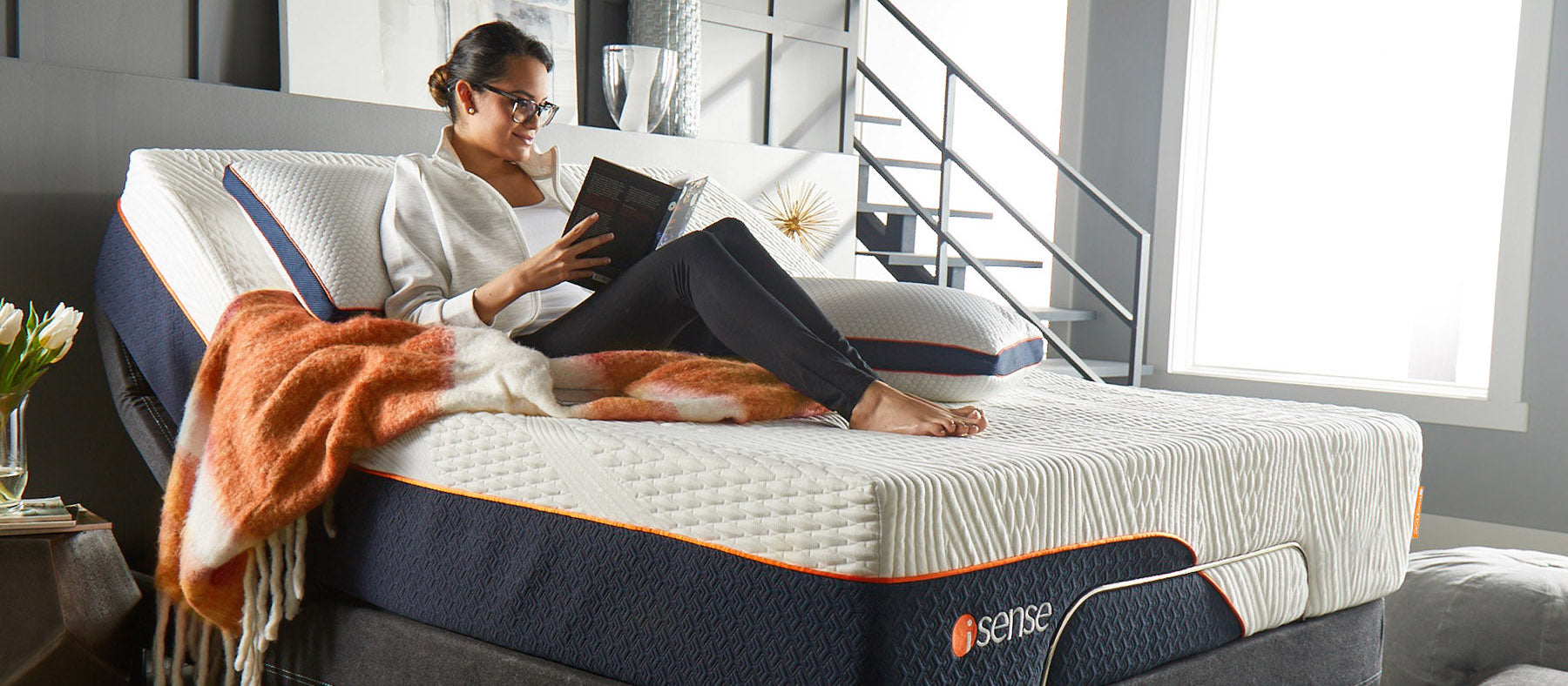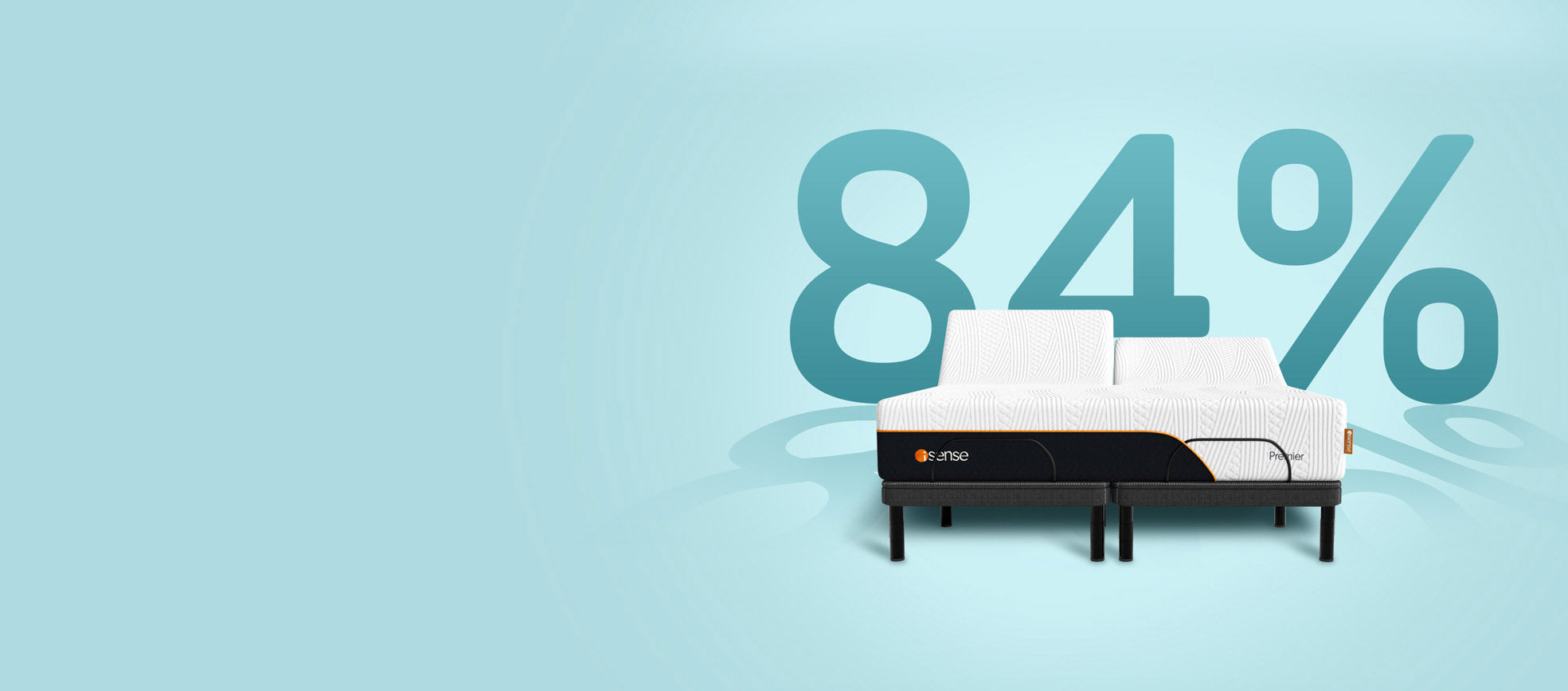Your Guide to Napping: Maximize Rest with These Effective Strategies
Napping has emerged as a powerful tool for productivity and overall well-being. With the hectic pace of modern life, individuals are finding that a brief period of sleep during the day can greatly benefit their mental and physical health.
While traditionally thought of as an activity only for children, napping is now recognized to be equally important for adults. This shift in perception comes with a growing body of research that indicates naps can improve alertness, mood, and performance.
The key to effective napping lies in understanding the various factors that contribute to its benefits and potential drawbacks. Timing, environment, and duration are crucial elements that can affect the quality of a nap. For instance, a nap taken in the early afternoon is less likely to interfere with nighttime sleep compared to one taken later in the day.
A supportive napping environment should be quiet, dark, and comfortable to facilitate a quick transition to sleep.
Because napping is not a one-size-fits-all solution, each individual's need for sleep and their existing sleeping patterns must be considered to optimize the timing and length of naps.
Benefits such as improved cognition and alertness can be realized with power naps as short as 10 minutes, whereas naps up to 90 minutes allow for a full cycle of sleep, enhancing creativity and emotional memory. Recognizing the personalization required for napping can ensure that these brief periods of rest become a valuable part of one's daily routine.
The Benefits and Drawbacks of Napping
Napping, if done correctly, can enhance your alertness and improve cognitive functions. There are potential negative effects to consider, however, especially when it disrupts nighttime sleep patterns.
Understanding Naps
Naps are short periods of sleep typically taken during the day. Unlike nighttime sleep, which consists of multiple sleep cycles, naps may only encompass specific stages of the sleep cycle. The length of a nap can significantly influence whether a person enters deeper stages of sleep, such as REM sleep.
Pros of Napping
- Increased Alertness: A brief power nap of 10-20 minutes can significantly boost alertness and reaction time, especially in sleep-deprived individuals.
- Mood Improvement: Napping can lead to better emotional regulation and an improved mood.
- Enhanced Memory and Creativity: Short naps can lead to improvements in memory consolidation and may enhance creative problem-solving abilities.
|
Benefits of Napping |
Impact |
|
Alertness |
Immediate after a nap |
|
Fatigue |
Reduction |
|
Mood |
Stabilization |
|
Memory |
Improvement |
|
Creativity |
Enhancement |
Cons of Napping
- Sleep Inertia: Upon waking from a longer nap, individuals may experience grogginess and disorientation.
- Nighttime Sleep Problems: A long or late afternoon nap can interfere with nighttime sleep, leading to problems like insomnia.
- Worsening Sleep Disorders: For those with existing sleep disorders, irregular napping might make their condition worse.
|
Cons |
Possible Consequences |
|
Sleep Inertia |
Post-nap grogginess |
|
Nighttime Sleep Disruption |
Difficulty falling asleep |
|
Sleep Disorders |
Potential exacerbation |
Optimizing Your Nap
To reap the maximum benefits from napping, it's important to focus on the environment, timing, and your health. An optimal nap can increase one's energy and improve cognitive function when done properly.
Creating the Ideal Environment
An ideal napping environment should help you relax and mimic conditions that support sleep.
Room temperature plays a significant role, and it should be comfortable, often slightly cooler than during the daytime, to promote the onset of sleep.
Blackout curtains can be used to block out sunlight, simulating the darkness of night, which can significantly improve the quality of a nap as it influences the circadian rhythm to encourage sleep.
Minimizing noise and distractions in the environment further aids in entering light sleep without progressing into deep sleep, which can lead to grogginess upon awakening.
Timing and Length
Sleep experts agree that the timing of a nap greatly affects its restorative properties. Napping too late in the day can disrupt nighttime sleep patterns. The optimal time of day for a nap is in the early afternoon, usually between 1 p.m. and 3 p.m., which aligns with a natural dip in most people's circadian rhythms. The nap length is equally vital; a brief power nap of about 10 to 20 minutes is sufficient for a quick boost of alertness and energy. This duration is short enough to avoid sleep inertia, a state of grogginess and disorientation that can occur after waking from deeper stages of sleep.
Health Considerations
Before incorporating napping into your routine, it's important to consider any health problems or medical conditions you may have. Some individuals may experience increased blood pressure after napping, while others might find a boost in their immune system from the additional rest. Substances like caffeine can interfere with the ability to fall asleep. Therefore, it should be avoided before a nap. Additionally, napping may affect the levels of neurotransmitters, such as adenosine and norepinephrine, which play roles in regulating sleep and wakefulness.
For parents, balancing the need for rest with the responsibilities that come with kids might require shorter naps when the opportunity for a nap arises. It's always recommended to consult with a health professional or a sleep medicine expert if napping could affect your health.



















